Home »
Misc »
How to drive in basketball without getting blocked
How to drive in basketball without getting blocked
USA Basketball - 4 Tips for Finishing Around the Basket
As players begin playing against better opponents, getting to the basket and finishing with a score becomes more difficult. Because defenders are bigger, quicker and more athletic, the risk of steals and blocked shots becomes much higher.
Offensive players must develop a variety of ways to counter these potential problems around the basket and score as they get to the rim. Players must have the ability to avoid the steal and the blocked shot if they want to be consistent finishers at the basket.
Avoiding the Steal
Players must be aware of the hands of their defender as well as the hands of any help defenders. To avoid being stripped on your drive, here are some general rules:
- Lock It: After the last dribble, keep the ball away from the hands of your defender by keeping the ball on your outside hip. We tell our players to “lock it in your pocket.” This way, if the defender tries to steal or strip, he will wave at air, or will foul you on your inside arm as he reaches across your body.
![]() This must be practiced and perfected so that it is not a reaction to the defenders move, but preparation for it.
This must be practiced and perfected so that it is not a reaction to the defenders move, but preparation for it.
- Cover It: When driving through traffic with your defender and helpside defenders reaching for the ball, cover the ball up with both arms – just like a running back in football. This gets you through the hole of reaching hands and arms, and allows you to finish the play without being stripped. Again, this must be practiced and perfected in preparation for this situation.
Avoiding Blocked Shots
It is important to prepare for different scenarios based on where the shot blocker is positioned. Here are two basic situations to prepare for.
- Reverse Lay Up: When the shot blocker is coming from the foul line area down toward the baseline to block your shot, he is usually timing your move to block the shot on your side of the basket. He’s lining it up to pin it on the glass. As you see him coming, stretch out your move out by lengthening your steps to finish underneath on the opposite side of the basket.
 Most shot blockers will have a difficult time adjusting to this move. Once again, this is not a reaction to his attempted block. It is prepared for in advance and anticipated based on where the help is coming from.
Most shot blockers will have a difficult time adjusting to this move. Once again, this is not a reaction to his attempted block. It is prepared for in advance and anticipated based on where the help is coming from.
- Overhand Floater: When the shot blocker is coming across the lane, waiting on you or coming out to meet you, you now shorten your move and float the layup overhand. Your footwork is the same as a regular layup, just shorten the steps. The overhand shot rhythm should be smooth and unhurried, and the ball be released high and hit softly on the rim or backboard.
At higher levels of basketball, players often make good moves to get by their defender, only to encounter trouble when they get near the basket. Finishing plays becomes more difficult as the athletic ability of your opponents increases. By developing the above techniques, players can to avoid steals and blocked shots and become more proficient at finishing the play at the rim.
Previous Article
5 Ways to Prepare for the Perfect Shot
By Mike Moreau
Next Article
Advanced Rebounding: Secrets From The Pros
Tony Fryer
5 of the Biggest Basketball Shooting Mistakes (And How to Fix Them)
The Internet's #1 Website for Basketball Camps, Resources and Learning Products
|
Member Login
By Joe Haefner
For most of these fixes, you are going to need to start away from the hoop and take hundreds and thousands of shots. You
can find a wall and do this by yourself or find a line and shoot it back and forth to a partner.
Once you begin to feel comfortable with your adjustment, take hundreds of shots really close to the basket
and gradually move out.
- Thumb on Shooting Hand
Players often have the ball sit on the tip of their thumb on their shooting hand. This position is awkward and forces the body to strain to hold the proper shooting form. In order to be a good shooter, you have to be comfortable.
It you don't strain, your elbow sticks too far out.
How do you fix it?
You need to have the ball rest on the side of the thumb rather than on the tip of the thumb on every shot. It may feel awkward at first, but it will help tremendously and more of your shots will travel to the dead-center of the rim. If you can not determine when you are doing this, you may need to have someone critique your shot or video tape it.
- Thumb on Guide Hand
Some players flick the ball with their thumb on the guide hand when shooting the basketball. This will cause serious problems for the shooter and the ball will often spray left and right. It's tough enough to judge the distance, yet add another factor of left and right into the equation.
It's tough enough to judge the distance, yet add another factor of left and right into the equation.
Most players develop this problem when they are too weak to get the ball to the rim, and the habit carries through their teenage and adult years.
How do you fix it?
You can squeeze your thumb against the index finger on your guide hand. This will not let you shoot the ball with the thumb. If the problem still continues, take your guide hand off of the ball by about a half-inch and shoot with one hand. Make sure your guide hand stays still.
You can also use a shooting strap to keep your guide hand and thumb still. This is a very effective way to break this habit and keep your guide hand from moving. We have found the j-strap is very effective and recommend it to solve this problem.
- Unnecessary Jerky Movements
These jerky movements can cause you to become an inconsistent shooter:
- Twisting the body.
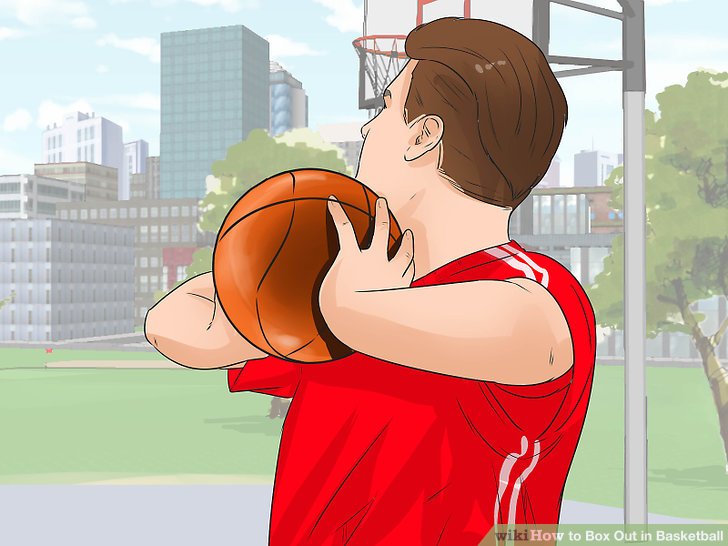
- Fading backwards, and to the left or right.
How do you fix it?
You need to evaluate when this jerky movement is happening and what type of jerky movement is occurring. This may mean you need to video tape your shot if you have nobody to help.
Two major reasons players twist their body when they shoot is:
- Their feet are not aligned correctly.
- They bring their guide hand down too early.
Make sure your feet line up correctly before every shot. This means you may need to pivot more as you receive the pass or as you step into your shot off the dribble. If you use a hop, make sure that you are turning enough while in the air to align your feet properly as you land. If your feet are not set correctly, this will force your body to twist while shooting to try to compensate for it.
If you bring your guide hand down too early, it brings extra movement into your shot that causes you to twist your body. If you don't believe me, sit in your chair and shoot with one hand and bring your guide hand down to your waist at the same time. What naturally happens? Your torso will twist.
If you don't believe me, sit in your chair and shoot with one hand and bring your guide hand down to your waist at the same time. What naturally happens? Your torso will twist.
That's why it is important to keep your guide hand extended in the correct position.
Pro players use this method to stop their upper-body from twisting when they take shots when they
are off-balance or their feet are not aligned appropriately. It helps keep their upper body
from twisting during the shot. I do NOT advise for players under the age of 18 to practice this shot, because it can mess up your mechanics.
A good way to stop leaning is to step towards the basket on the catch. This brings your momentum towards the basket rather than fading or leaning.
You may also have analyzed when the player starts to jerk their body or lean in a certain direction. The player may only do a jerky movement when dribbling to the left and pulling up for a jumper. If this happens, they need to take hundreds and thousands of repetitions doing that same type of shot with great shooting form.
If this happens, they need to take hundreds and thousands of repetitions doing that same type of shot with great shooting form.
- No Arc - Flat Shot - Flinging the wrist.
If you are missing a lot of shots because you have a flat shot or you don't seem to get many shooter's bounces, it could be because you are flinging your wrist or have a flat shot.
You can check to see if you have this problem by bringing the ball to your set point and then bringing it straight down. If your shooting-hand lands on top of your head (or the back of your head) instead of grazing your forehead, then you've got a bad set point.
How do you fix it?
Move the ball forward so that when you bring it straight down, the back of your shooting hand grazes your forehead. Practice shooting to yourself from this position until it becomes your new set point.
You should reinforce your new set point by daily form shooting close to the basket. In fact, you should rebuild your shot slowly by stepping back one step at a time as you establish consistency from a given range, using the new set point.
- Shooting after the Top of your Jump.
Players who shoot past the top of their jump will often develop a hitch and jerky shot. The same with players who try to jump as high as they can on every shot.
A player should focus on shooting before the top of their jump for a few different reasons:
- Quicker release. If you shoot before the top of your release, it gives the defender less time to recover to defend the shot.
- Make more shots. The shot is fluid which results in a smoother and softer shot because you don't stop the shot motion at any point in your shot.
- Longer range. If you shoot at or after the top of your shot, it takes a lot more upper body strength to get the ball to the rim. If you shoot as you are going up, the momentum from your legs help carry the ball a lot farther. Try shooting away from the hoop when doing this.
How do you fix it?
This one is pretty simple. You need thousands of repetitions shooting the basketball before the top of your jump.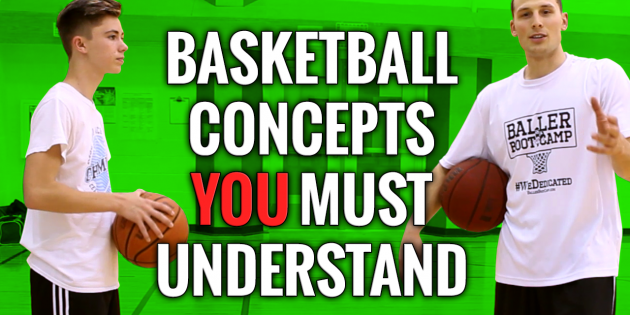
In order to fix any of these problems, you are going to have be persistent and focused. "Sometimes, you have to take two steps backwards, to take three steps forwards." What that means is that your shot will most likely become worse before it gets better. Always keep the long-term in perspective. Who cares if you don't shoot the ball well during summer league, if you'll be able to shoot lights out once basketball season rolls around!
To learn more about improving your shot, we recommend...Basketball Shooting Guide
One Motion Shooting Video
Attack & Counter Shooting Workouts App
Subscribe to our free monthly newsletter to receive new drills, plays, scoring tips and coaching strategies,
plus three free eBooks with over 270 pages of our favorite basketball drills and plays!
Subscribe to our free monthly newsletter to receive three free eBooks with over 270 pages of content!
Basketball coaching hacks: how to score goals for beginners
Even if you are a novice basketball player, we will not give you a training plan, but we will tell you why the ball flies anywhere but into the ring and into your hands. It's all about technique: even with regular training and perseverance, novice adults and children often make simple mistakes. It's a shame, let's fix it. Below are 11 life hacks on how to hone your technique to increase the likelihood of a goal for your team.
It's all about technique: even with regular training and perseverance, novice adults and children often make simple mistakes. It's a shame, let's fix it. Below are 11 life hacks on how to hone your technique to increase the likelihood of a goal for your team.
Basketball Shot Rules for Beginners
1. Hands up
In pursuit of the attacker, raise your hands, even if you are standing with your back to the pass, and even more so if the ring is in front of you. Your raised hands will increase the chance of intercepting the ball from the opponent by 2 times. Don't overlook this little thing!
2. Make shield rolls
Even Tim Duncan did not neglect them! A square is drawn on the basketball backboard. If you are standing opposite the ring, then aim at the middle of the upper part of the square, if you are standing on the side, then at the corner. If you hit this square, then the ball is at 90% of cases will fall into the ring. The law of physics and no cheating!
3.
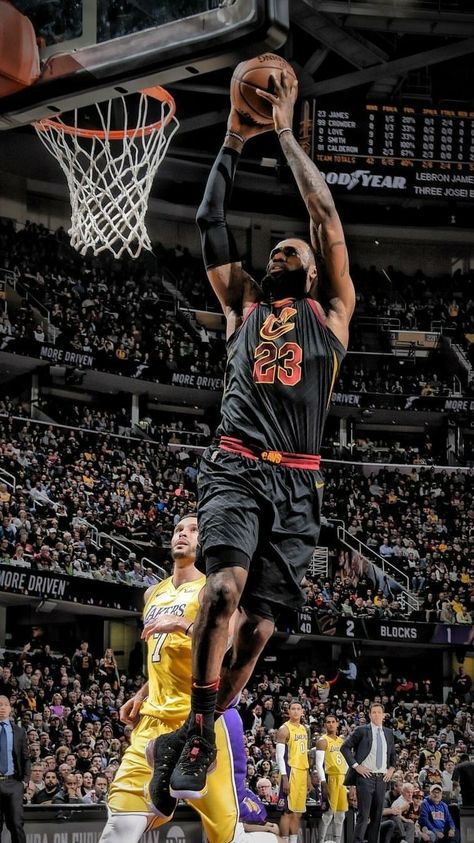
Look at the ring, not at the ball
Practice driving the ball with your hand, not your eyes, develop tactile control. Your eyes should be on the hoop while dribbling and be aware of the position of your body in relation to the hoop. Then you will be able to take the correct posture, and the throw will be effective.
4. Dribble with the balls of your fingers only
The palm should not touch the ball, only the pads of the fingers. Dribbling should become familiar to you, like an extension of your hand. Then you can change its trajectory at any time and you will have more chances to score goals. Practice with the ball constantly.
5. Throw with one hand
If you throw the ball with two hands, you reduce the chance of hitting the basket. All the efforts of the throw are in one hand (in the right for right-handers, in the left for left-handers). The other hand only holds the ball, the leading one holds it with the fingers, not the palm.
6.

Do not jump when protecting the ring
Jumping is the main mistake of rookie defenders. To intercept the ball and block the shot, simply stick out your hands. When you are in a jump, the attacker will easily bypass you.
7. Don't look back
When you dribble, don't look back, but dribble and aim for the ring, focus on shooting (or passing to another player on your team).
8. Bring the throw to automatism
Incorporate the most basic basketball techniques into your training plan and bring the shot to automatism. Throw first from a distance of half a meter from the ring, gradually increasing it. Learn to throw the ball so that it hits the hoop without touching the edge.
Throw the ball with all fives and jump
Throwing Rules:
- Head in the center of the body - if tilted, accuracy is lost.
- Look at the ring: mentally build a trajectory. If you are far away, the ball flies in a curved curve with a maximum height of 2 meters above the hoop.
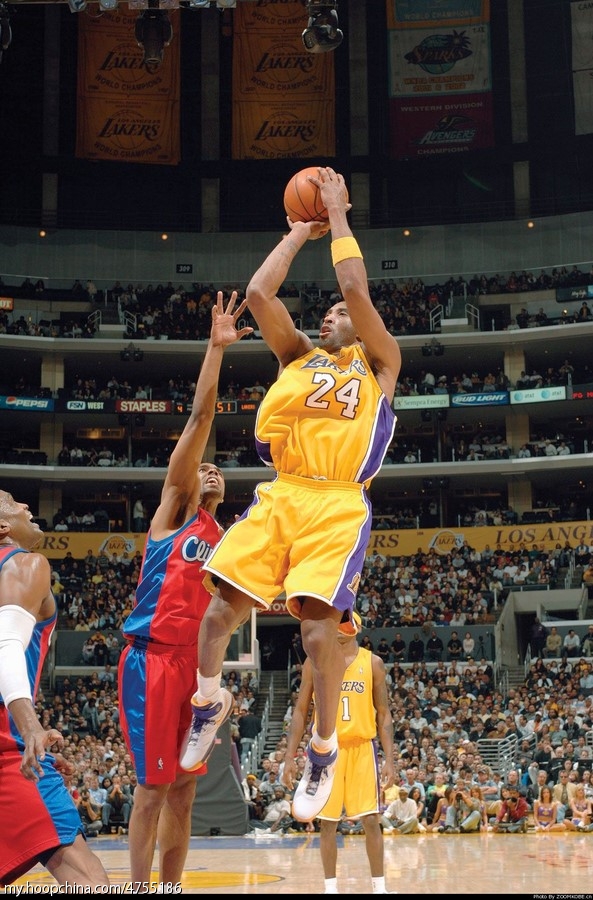
- A strong hand is in front and throws, a weak hand is on the side and directs, only holding the ball. The elbow of the throwing hand must be in line with the ring.
- The ball must rest on the fingers without touching the palm. The fingers are as far apart as possible and grab the ball.
- Throwing arm bent 90 degrees, forearm perpendicular to the floor. If you bend less, then you get not a throw, but a throwing of the ball horizontally.
The main thing in the throw is the position of the body and its balance. Place your feet apart and parallel to each other: it is important to orient them in the middle of the basket. Then the direction of the body during the jump will coincide with the direction of the throw, and the ball will fly straight into the ring. When the feet are uneven, the ball flies in the wrong direction or does not reach (although the throw was normal).
Take a deep breath and release as you exhale.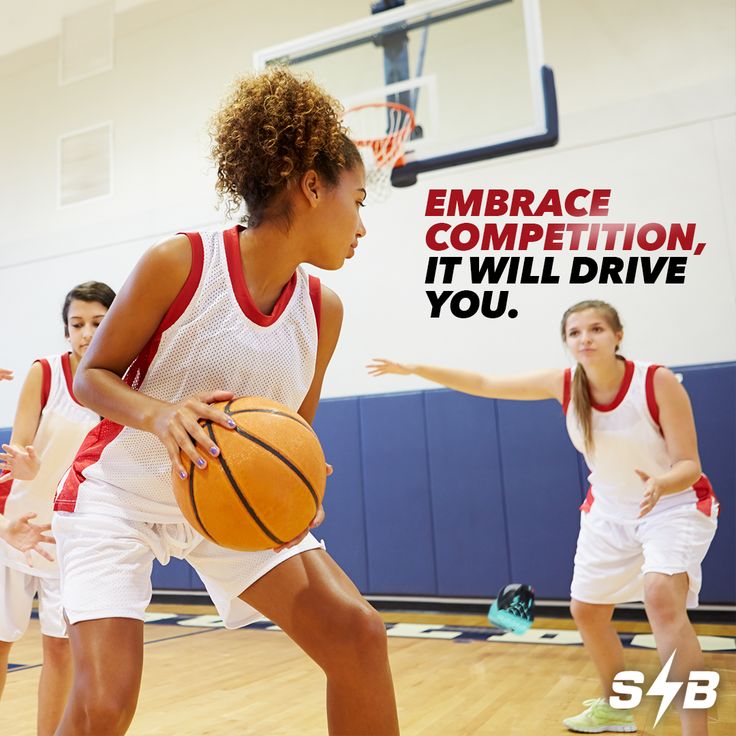
How to hold the ball and shoot in basketball
How to throw correctly: straighten your arm, point your wrist up, and with your hand set the ball to rotate in the opposite direction from the flight. The ball should seem to "roll" off your fingers.
9. Copy masters and play as a team
Watch professional basketball games and try to copy the movements of your favorite players in training. And be sure to conduct game sparring - this will allow you to develop more techniques.
10. Do not throw in a straight line
The higher the arc of the ball, the greater the chance of a goal and the less chance of blocking by the opponent.
11. Do not throw the ball from a full height stand
This is the biggest newbie mistake!
Before the throw, bend your knees slightly and at the moment of the throw, straighten your body, making a jump. You need to straighten up and push off the ground at the same time. When squatting, keep the elbow of the throwing arm close to the body and towards the ring.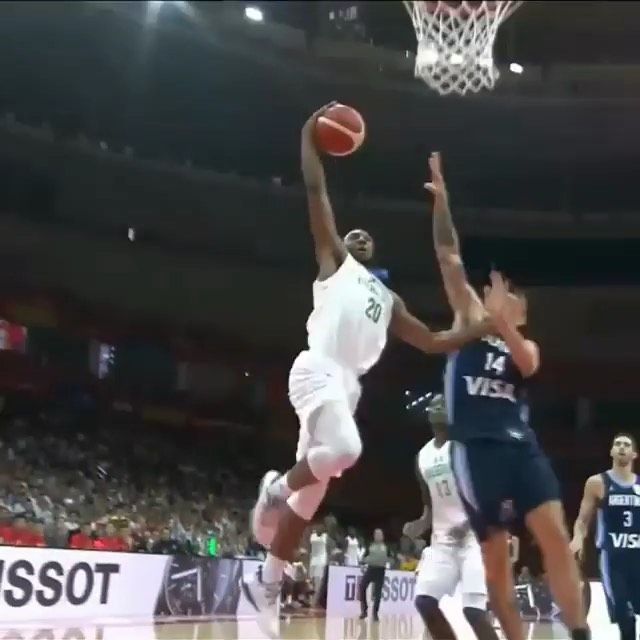
The jump will give momentum to the ball and will allow you not to make sudden movements with the brush.
***
And to be a long-term player, do not forget about your health: take care of your joints and muscles, use tapes, do a warm-up. And be sure to strengthen your arms, legs and shoulder girdle, develop coordination. Regular exercises on uneven bars and horizontal bars will help you with this.
Basketball rebounding - the way to victory / Open lesson
Rebounding is one of the fundamental elements of the game. Basketball rebounding can be defined simply as taking possession of the ball after an unsuccessful attempt to hit the ball into the basket. To win you need to pick up the ball, this is the relevance. You can shoot a lot, dribble a lot, pass a lot, try to catch the ball a lot, but you can never get a lot of bounce rebounds. This topic is relevant. Children do not pick up balls under the backboard very often and this is a problem. The team that controls the shields usually controls the flow of the game. It is important to teach players how to rebound the ball, both offensively and defensively. On offense, the goal of rebounding is to keep possession of the ball and also add to your team's scoring ability. On defense, the purpose of a rebound is to get possession of the ball after the offensive team has made a shot and limit your opponents' scoring opportunities.
The team that controls the shields usually controls the flow of the game. It is important to teach players how to rebound the ball, both offensively and defensively. On offense, the goal of rebounding is to keep possession of the ball and also add to your team's scoring ability. On defense, the purpose of a rebound is to get possession of the ball after the offensive team has made a shot and limit your opponents' scoring opportunities.
Rebounding, like defensive play, requires determination and discipline. While being tall and jumping is an advantage, decisiveness and technique are key. Statistics show that in rebounding in professional and college basketball, the best players are not only the tallest players or the players with the highest vertical jump. It is often noted that most rebounds are made below the rim. Positioning and moving quickly to the ball may be the most important rebounding skills. This statement is true for both older and younger students.
The main factors that characterize a player in rebounding are: emotionality, thinking, physical qualities, in addition to technical skills. The "thirst" for possession is the most important thing in rebounding. This is a strong desire. Assume that every shot will miss and add to that the attitude of going for the rebound after every bounce. The difference between a good rebounder and a unique rebounder is that the latter run for more rebounds. Physical contact in rebounds requires courage. To be unique in the matchup, you must be thirsty to get involved in the fight under the shield. Also, physical data give an advantage in rebounds. Still need to develop thinking. It is necessary to anticipate misses in throws.
The "thirst" for possession is the most important thing in rebounding. This is a strong desire. Assume that every shot will miss and add to that the attitude of going for the rebound after every bounce. The difference between a good rebounder and a unique rebounder is that the latter run for more rebounds. Physical contact in rebounds requires courage. To be unique in the matchup, you must be thirsty to get involved in the fight under the shield. Also, physical data give an advantage in rebounds. Still need to develop thinking. It is necessary to anticipate misses in throws.
You need to study your partners' throwing techniques and study your opponents' throws to predict where balls will bounce on misses. Explore the angles and distance of the throws. Most shots bounce in the opposite direction, and 3-point shots tend to bounce farther. You need to know everything about your opponent. It is necessary to know the strength, jumping skills in a jump, speed characteristics, aggressiveness, blocking technique and the desire for repeated efforts of each player of the opposing team.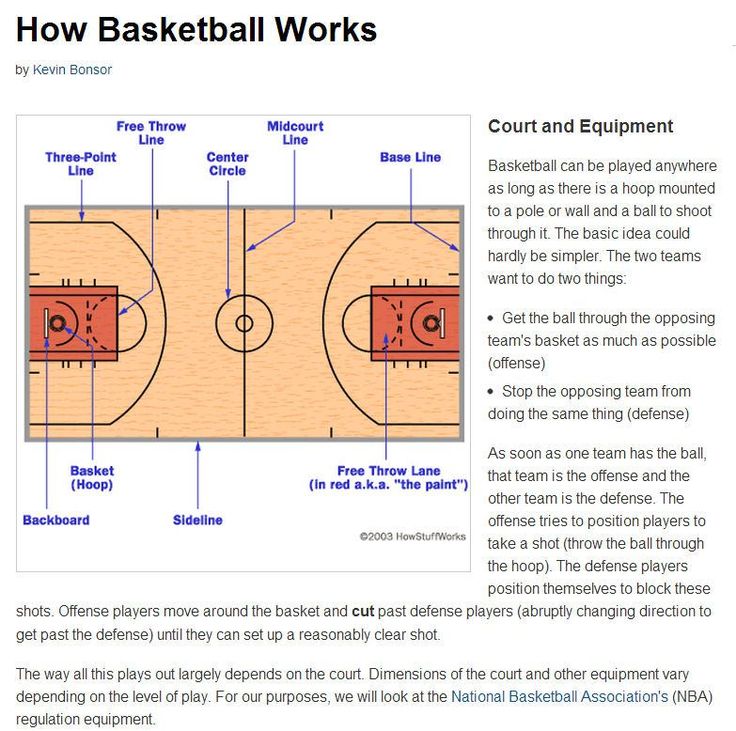
You must move! Develop speed characteristics. On offense, move quickly around your opponent and run after the ball. On defense, move quickly to block your opponent and then go after the ball. Work constantly on improving your jump - not only on improving the height of the jump, but also on the sharpness of the jump - the explosive nature of your jump. A sharp second jump is a great value when rebounding the ball. Improve the muscular endurance of your legs. This will not only increase the height of your jump, but also improve your ability to jump effectively many times in a row. Also work on your body so that you can resist the power contacts under the shield.
Learn to use your peripheral vision to see the big picture, including the ball and your opponent. When you play defense, look at your opponent after the shot, block him and run after the ball. When you play offensively, after throwing, determine how your opponent is blocking, use an adequate way to get out from under the block and run after the ball.
Be sure to maintain a balanced stance to counter the power play style of bumping, pushing and pushing. Remain with body weight on your toes, shoulder-width apart, keep knees bent, back straight, head up and hands over shoulders. Predict your opponent's moves and work on strengthening your inside position closer to the basket.
Hold brushes up. Raise your hands above your forehead, positioning them a ball-width apart. Time your jump so that you can reach the ball at the maximum height of your jump. In rebounding, the key to success is not only how high you jump, but how often you can jump.
Catch the ball with both hands and actively defend it from the front in front of the forehead and away from the opponent. After mastering the ball, while still in the air, spread your legs and keep your elbows out to protect the ball. Land in a balanced stance. On offense, be ready to hit the ball with power or pass the ball to your teammates. On defense, be ready to turn around and use a quick exit pass to start a fast break.